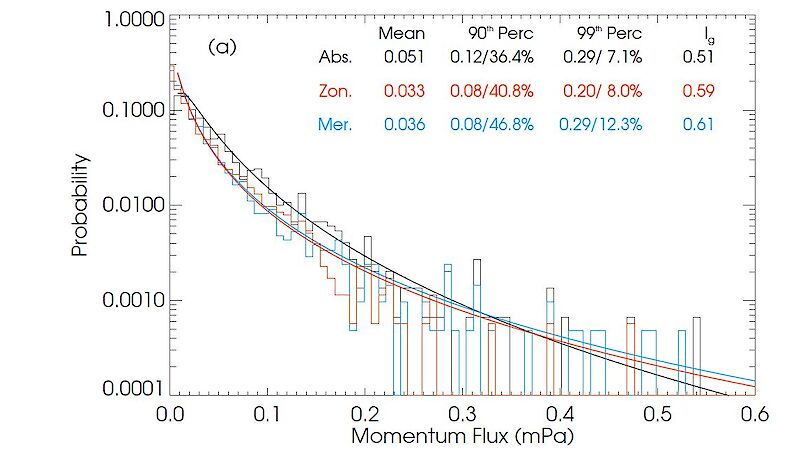Investigating Troposphere-Stratosphere-Mesosphere dynamics
Atmospheric waves embedded in the lower and middle atmosphere greatly affect its state. They bring about day-to-day variations in the wind, and seasonal variations in the temperature structure. An important category of these waves are known as gravity waves or buoyancy waves. They transport energy from the lower atmosphere to the upper reaches of the middle atmosphere and beyond.
Using the VHF radar, we can study the nature of gravity waves as they are produced, propagated and dissipated. The wind variations that are attributable to gravity waves can be separated out and characterised. The turbulence, which is a natural end product of the waves when they break, and the mechanism that transfers their energy to background atmosphere, can also be considered.
Understanding the wind at short time scales contributes to the study of other atmospheric process, such as the nature of clouds over Antarctica and the southern ocean. They can also enhance our ability to forecast the weather.

